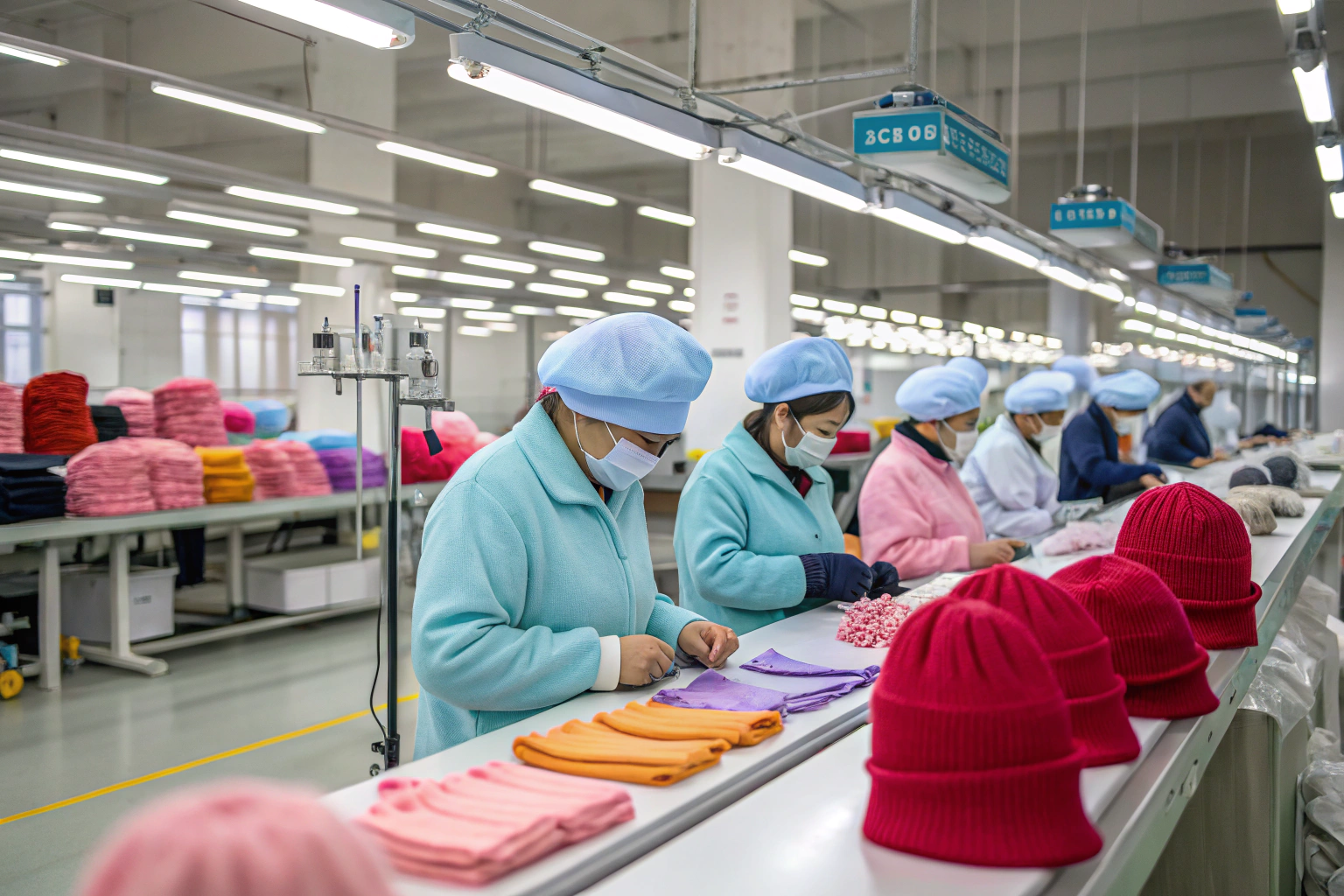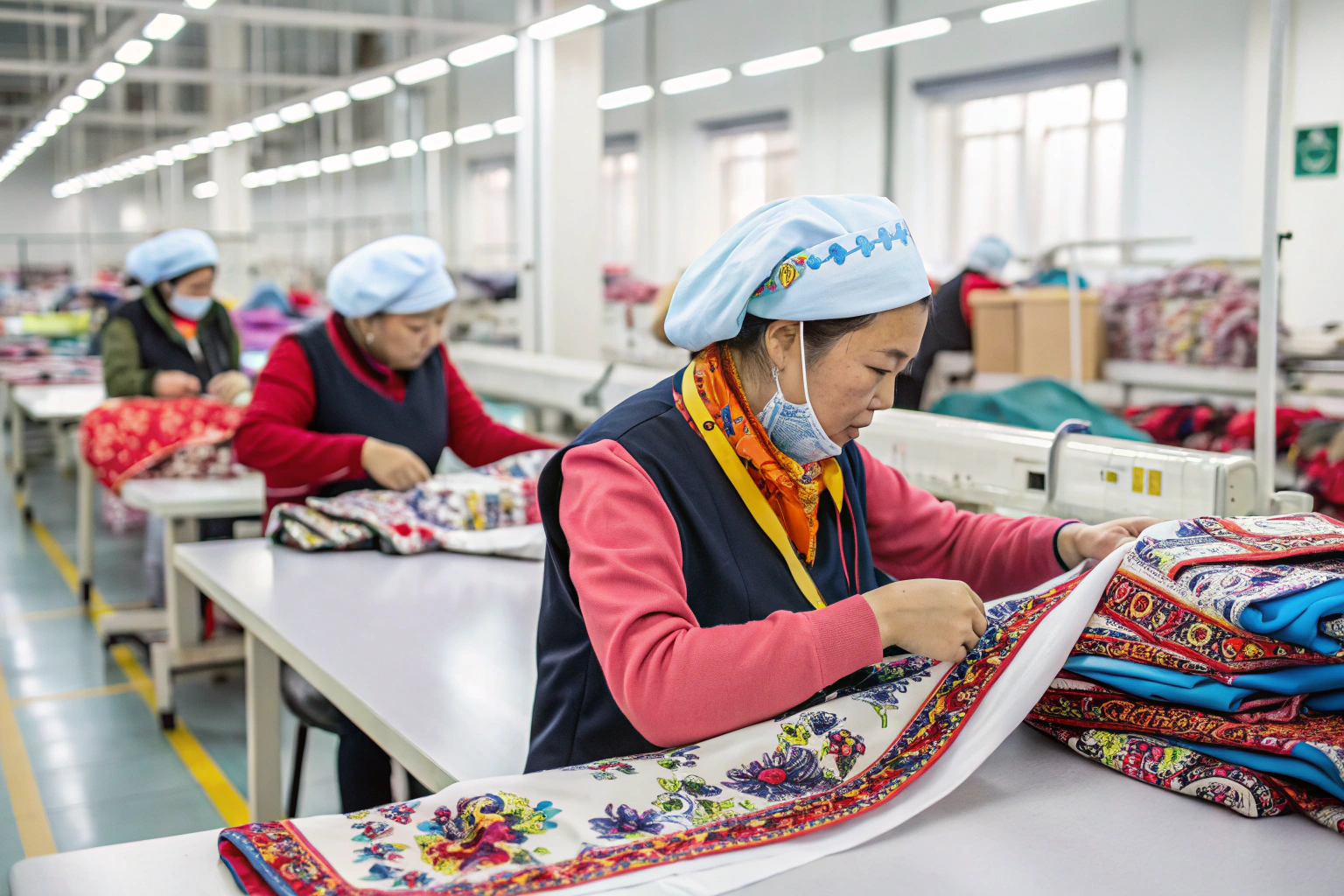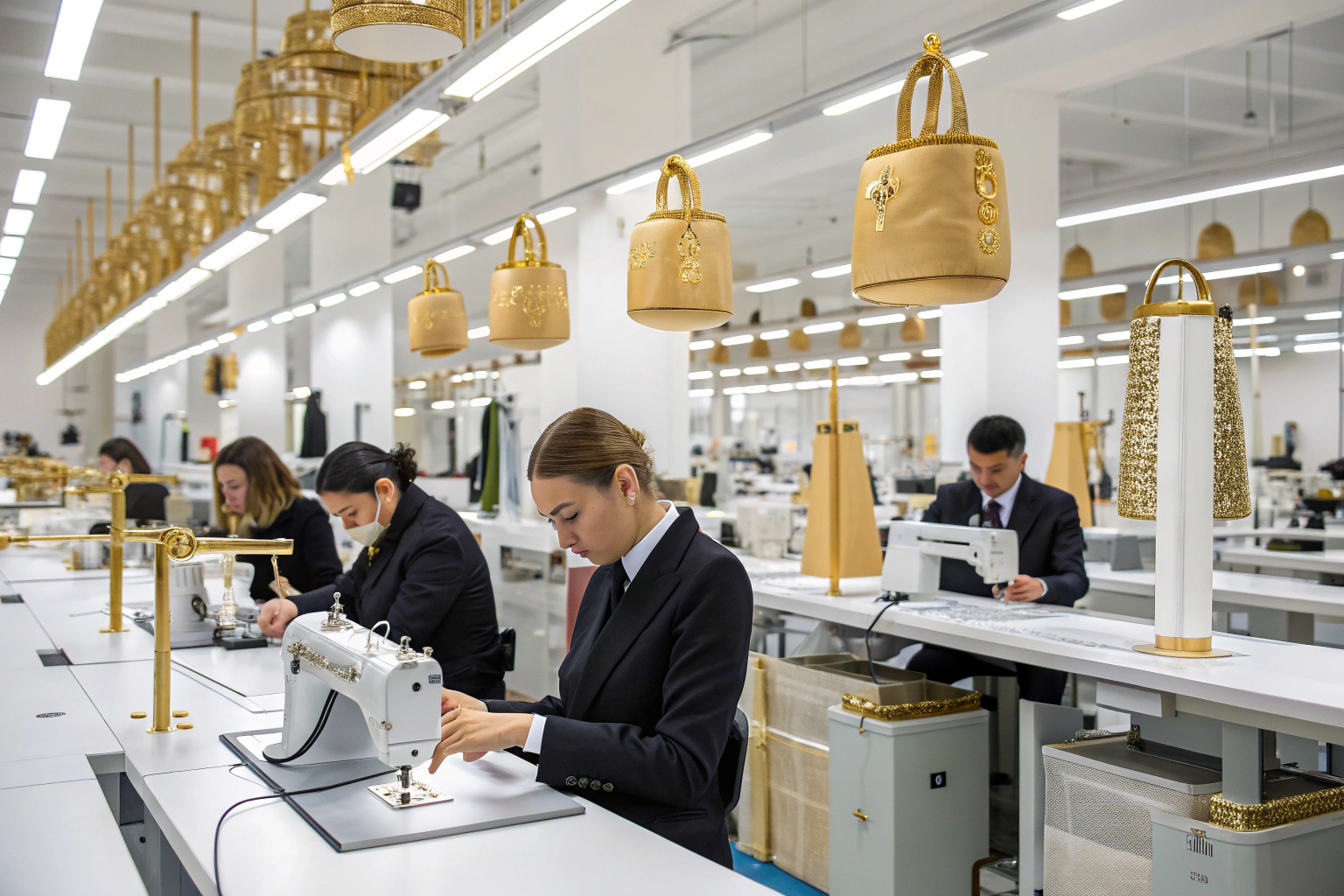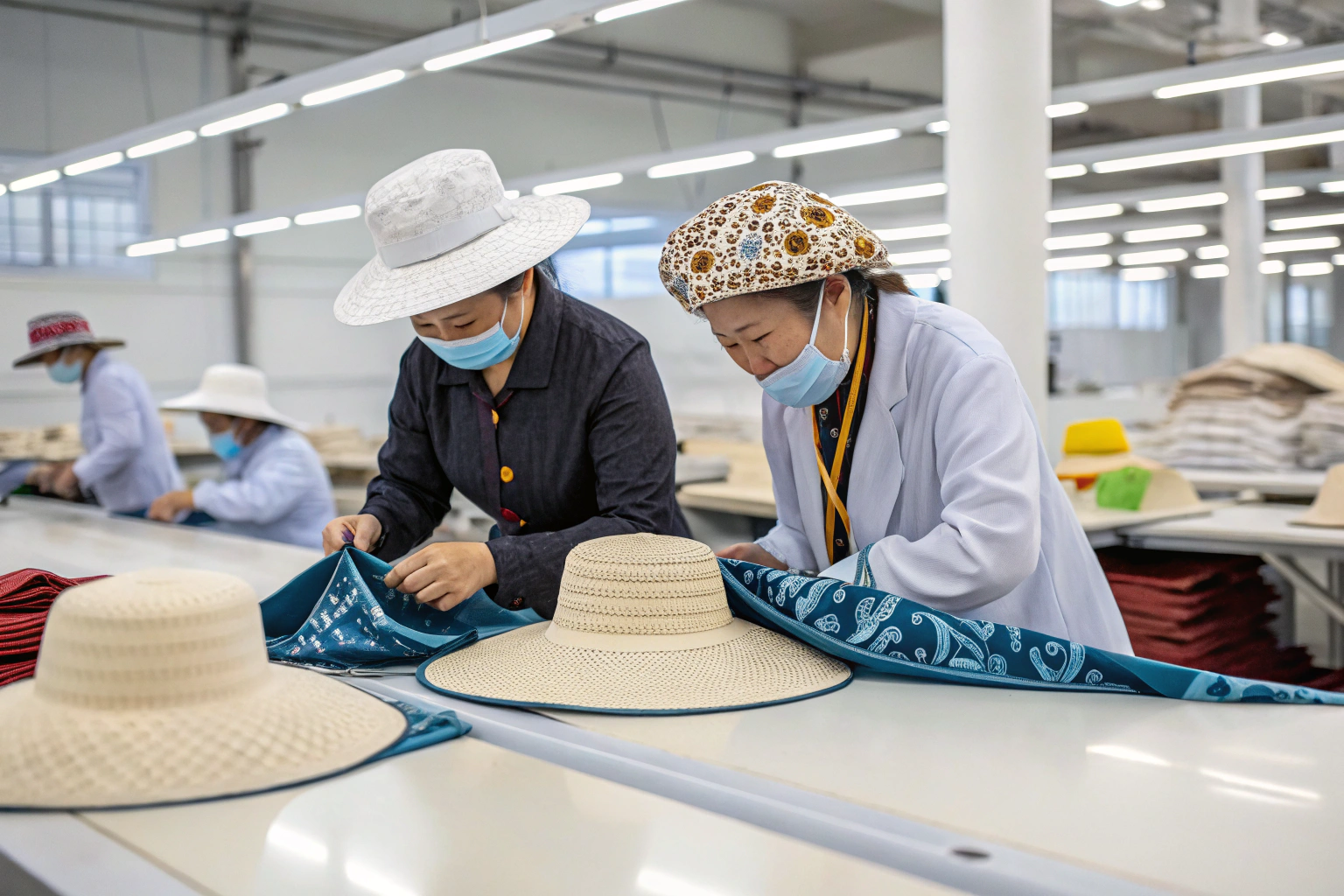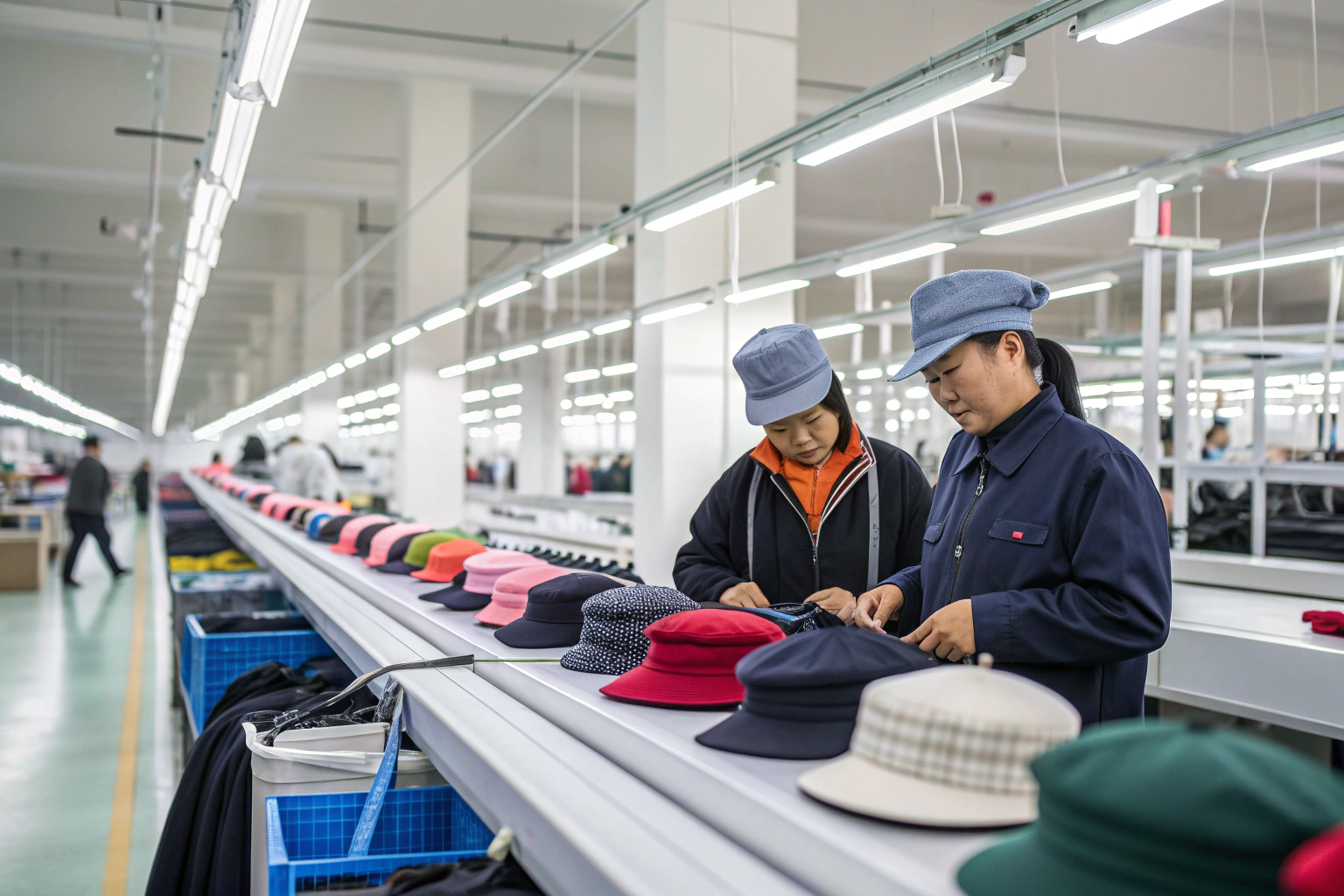Choosing the right supplier is just the beginning. The real success lies in tracking how they perform over time—because great samples mean nothing if the bulk order disappoints.
Key metrics for evaluating a China accessory supplier include on-time delivery rate, product quality consistency, communication responsiveness, cost control, and problem resolution efficiency.
At AceAccessory, we invite our clients to score us across these metrics after each season. Why? Because when you measure what matters, everyone improves.
What are the 5 key supplier evaluation criteria?
Evaluating a supplier isn’t just about checking boxes—it’s about protecting your brand. The wrong partner can cost you customers, credibility, and cash flow.
The five key supplier evaluation criteria are quality, delivery, price stability, communication, and flexibility. Together, these form the foundation of any sustainable buyer-supplier relationship.
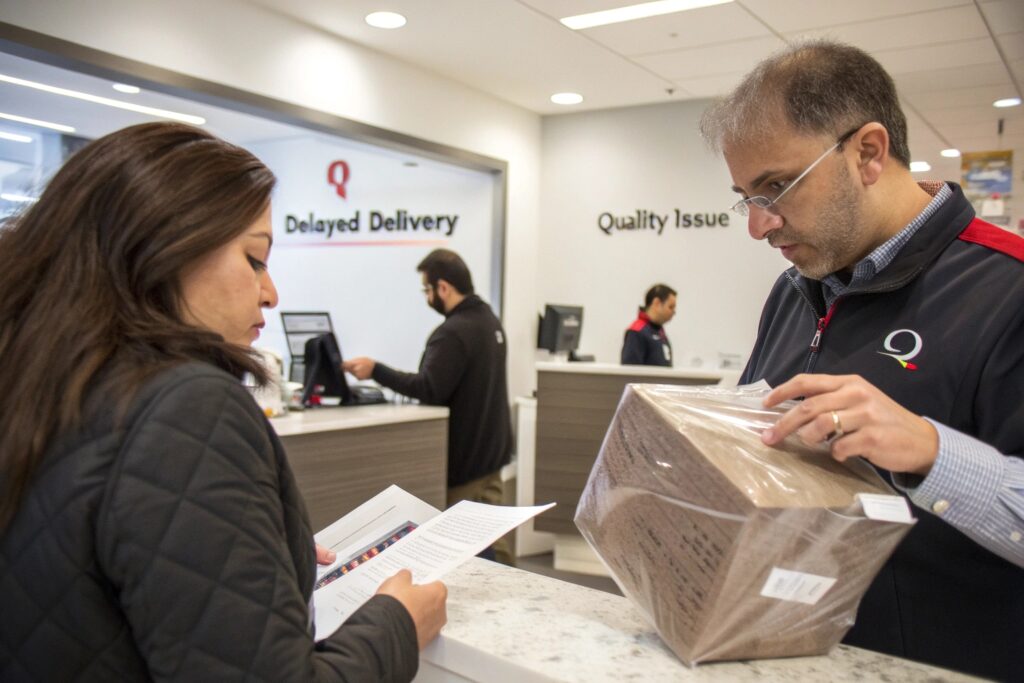
Core Supplier Evaluation Criteria
| Criteria | What to Measure | Why It Matters |
|---|---|---|
| Quality | Pass rate, defect rates, rework percentage | Protects your reputation |
| Delivery | On-time % across multiple POs | Ensures reliability during peak seasons |
| Cost Stability | Unit price changes, quote accuracy | Keeps margins predictable |
| Communication | Response time, clarity, documentation quality | Reduces delays and miscommunication |
| Flexibility | Willingness to adjust MOQs, fast reorders | Supports growing or seasonal businesses |
We once worked with a startup brand that rated suppliers weekly. Their tracking dashboard helped them double order volume in under a year—because they scaled with partners who proved themselves.
How do you evaluate a Chinese company?
Evaluating a Chinese supplier goes beyond factory photos. It means checking credentials, tracking performance, and observing their attitude toward long-term partnerships.
To evaluate a Chinese company, review business licenses, third-party audits, client references, sample accuracy, factory capacity, and willingness to align with your workflow.
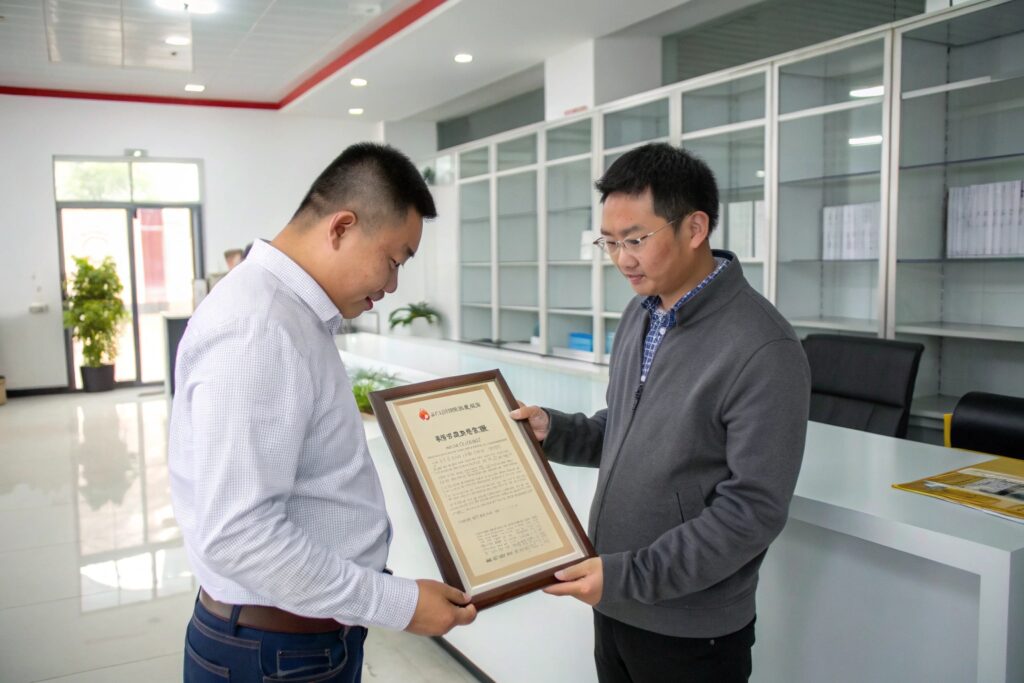
Steps to Evaluate a Chinese Accessory Factory
- Check Legal Records
- Confirm company registration on China’s official government sites.
- Factory Visit or Video Audit
- Review equipment, cleanliness, workflow setup.
- Sample Evaluation
- Judge quality, stitching, packaging—compare with tech pack.
- Communication Trial
- Are they consistent, professional, and clear in response?
- Reference Check
- Ask for other foreign client contacts (real ones).
We provide audit reports and live factory tours via video for our new clients. One U.S. cap buyer said, “I trusted you the moment I saw your cutting room live—clean, organized, and no excuses.”
What KPIs do you use to evaluate supplier performance?
Tracking supplier performance means turning vague feelings into actionable data. The best KPIs are simple, repeatable, and tied to your supply chain goals.
Common KPIs for evaluating accessory suppliers include on-time delivery rate, first pass yield (quality), average lead time, complaint rate, and quote accuracy.
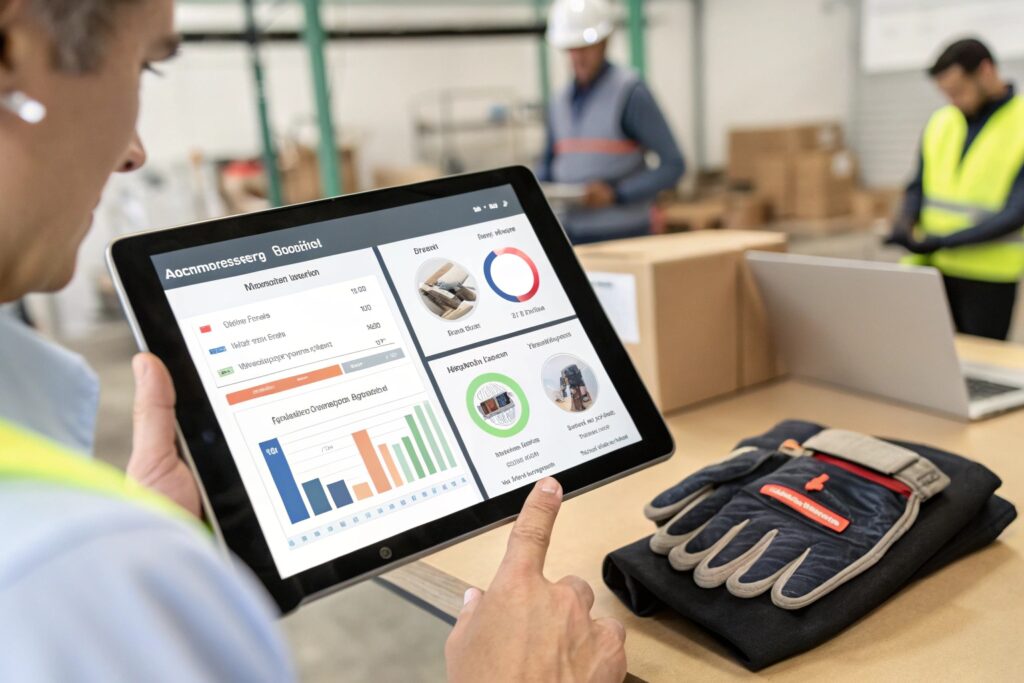
Sample Supplier Performance KPI Dashboard
| KPI | Target | Actual (Q1) | Notes |
|---|---|---|---|
| On-Time Delivery | ≥ 95% | 97% | Exceeded, even during CNY |
| First Pass Quality | ≥ 98% | 96.5% | Minor stitching issues noted |
| Quote Accuracy | ≥ 98% match | 99.2% | Stable quotes, no hidden fees |
| Complaint Rate | < 2% | 1.1% | All resolved within 48 hours |
| Average Response Time | ≤ 24 hrs | 12 hrs | Strong English support team |
We review these KPIs every season with clients. This kind of transparency turns performance into partnership.
How do you evaluate supplier quality?
You can’t inspect quality in—it has to be built from the start. That’s why evaluating a supplier’s quality systems is just as important as checking the product.
To evaluate supplier quality, examine their QC system, training records, defect handling process, sample consistency, and tolerance for rework or replacement.
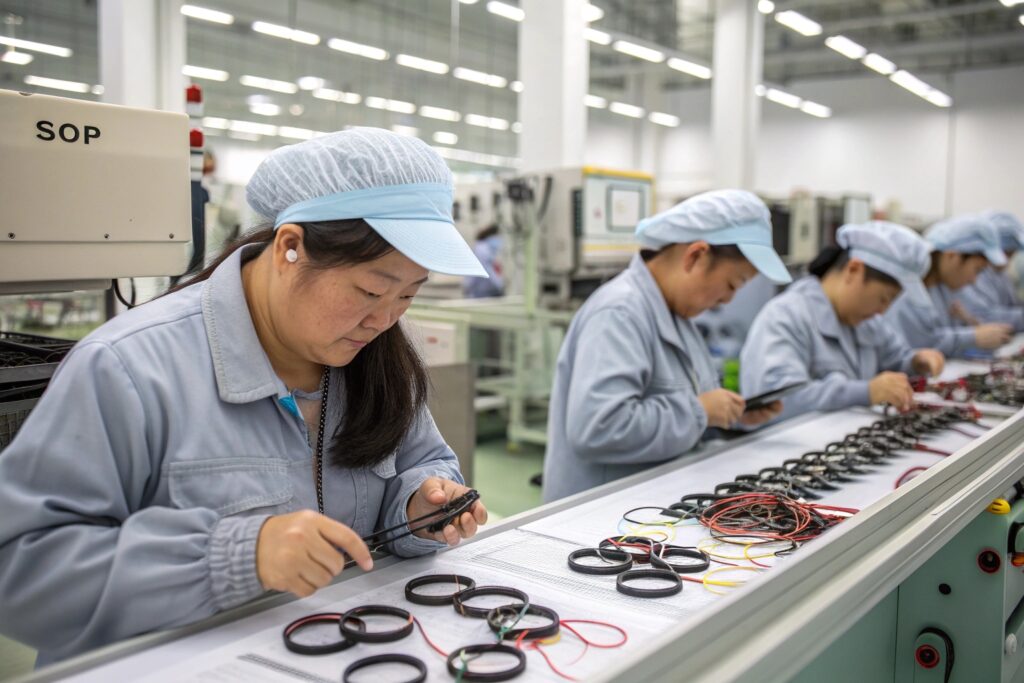
Ways to Evaluate Factory-Level Quality
-
Inspect In-Line QC Reports
Are issues caught mid-production or only at the end? -
Check SOPs and Work Instructions
Are sewing teams following printed processes, or just verbal orders? -
Sample-to-Bulk Consistency
Does the final delivery match your approved sample? Check trims, fabric weight, stitching tension. -
Post-Shipment Feedback Loop
Are they tracking your returns, reviews, and complaints to improve next orders?
We share a “quality log” with our long-term buyers, detailing every defect logged during production, how it was resolved, and what training followed. It helps prevent future problems—and builds confidence.
Conclusion
You get what you measure. By focusing on the right supplier metrics—like delivery, quality, and communication—you protect your accessory brand, reduce surprises, and build a supply chain that scales with confidence. At AceAccessory, we invite our clients to track us—because great results aren’t luck. They’re managed.


